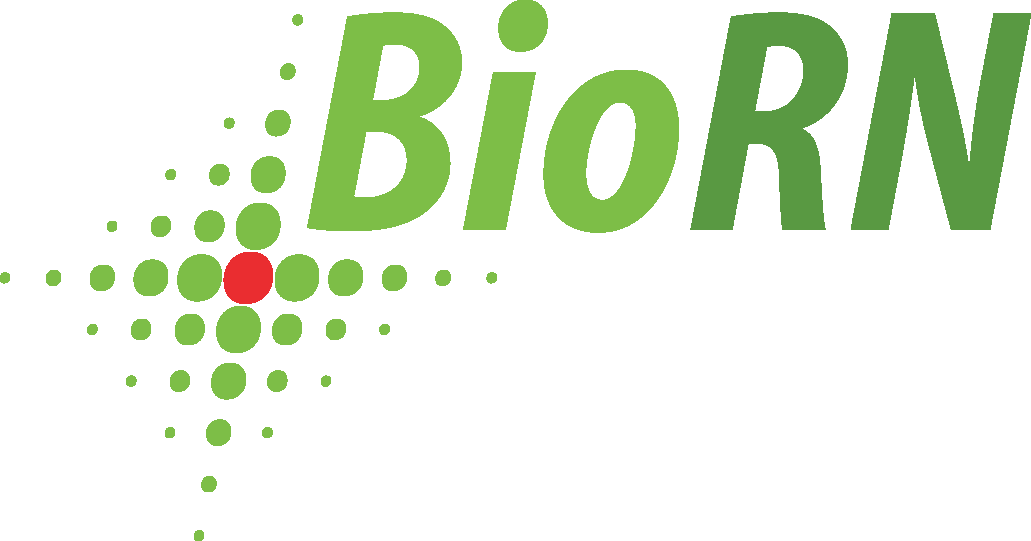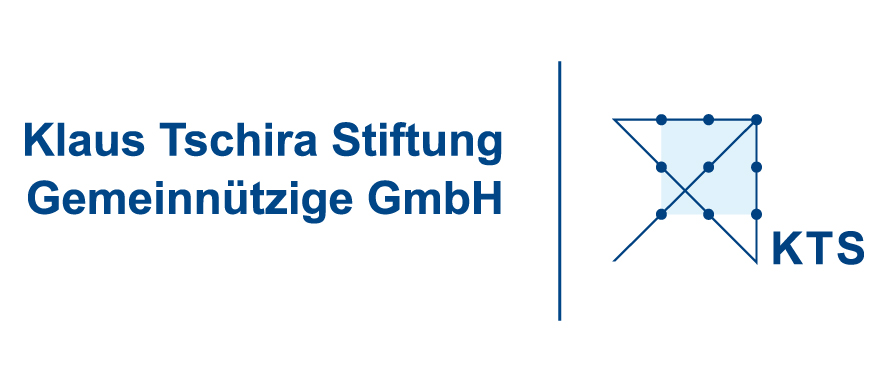Acknowledgement and Project Information
TRAPP uses the following third party databases and tools.
Depending on the methods you will use for your analysis, you might have to cite some of these methods(*), along with the TRAPP references, in case you publish your result.
| TRAPP tool* | Underlying python tool for this webserver to analyze your data | Click here for TRAPP references. |
| NAMD* | is used to generate molecular dynamics trajectories and also used within L-RIP and L-RIP. | Phillips, J. C., Braun, R., Wang, W., Gumbart, J., Tajkhorshid, E., Villa, E., Chipot, C., Skeel, R. D., Kalé, L. and Schulten, K. (2005), Scalable molecular dynamics with NAMD. J. Comput. Chem., 26: 1781–1802. doi:10.1002/jcc.20289 |
| tCONCOORD* | is used to generate protein conformations. | Daniel Seeliger, Jürgen Haas and Bert L. de Groot. Geometry-based sampling of conformational transitions in proteins. Structure 15:1482-1492 (2007) |
| L-RIP* & RIPLig* | is used to generate protein trajectories for pocket analysis. | Daria B. Kokh, Paul Czodrowski, Friedrich Rippmann, Rebecca C. Wade (2016), Perturbation Approaches for Exploring Protein Binding Site Flexibility to Predict Transient Binding Pockets, J. Chem. Theory. Comput., 12:4100–4113 (doi.10.1021/acs.jctc.6b00101) These methods are based on: Bosco K. Ho and David A. Agard (2009), Probing the Flexibility of Large Conformational Changes in Protein Structures through Local Perturbations. PLoS Comput Biol 5(4): e1000343 |
| MUSCLE* | alignment tool is used for dealing with alignments for conservation scores. | Edgar, R.C. (2004) MUSCLE: multiple sequence alignment with high accuracy and high throughput Nucleic Acids Res. 32(5):1792-1797 |
| MSAViewer* | is used for visualization of multiple sequence alignments. | MSAViewer: interactive JavaScript visualization of multiple sequence alignments Guy Yachdav, Sebastian Wilzbach, Benedikt Rauscher, Robert Sheridan, Ian Sillitoe, James Procter, Suzanna E. Lewis, Burkhard Rost, and Tatyana Goldberg Bioinformatics first published online July 13, 2016 doi:10.1093/bioinformatics/btw474 |
| Protein Residue Conservation Prediction* | Calculate conservation scores for sequence alignments. | Capra JA and Singh M. Predicting functionally important residues from sequence conservation. Bioinformatics. 23(15):1875-82, 2007. |
| JSMol | visualization (version 14.4.2) is used for the interactive visualization of the protein structure and pocket. It does not require a Java plugin in your browser. | Jmol: an open-source Java viewer for chemical structures in 3D. http://www.jmol.org/ |
| ProSAT+ | is linked from the TRAPP result pages. | Prosat+ - visualizing sequence annotations on 3D structure. Antonia Stank, Stefan Richter, Rebecca C. Wade. Protein Engineering Design and Selection 2016; doi: 10.1093/protein/gzw021 |
| BioJava | version 4.2 is used reading and writing sequences and structures. | BioJava: an open-source framework for bioinformatics in 2012 Andreas Prlic; Andrew Yates; Spencer E. Bliven; Peter W. Rose; Julius Jacobsen; Peter V. Troshin; Mark Chapman; Jianjiong Gao; Chuan Hock Koh; Sylvain Foisy; Richard Holland; Gediminas Rimsa; Michael L. Heuer; H. Brandstatter-Muller; Philip E. Bourne; Scooter Willis Bioinformatics (2012) 28 (20): 2693-2695. |
| Python 2.7 | including biopython (1.63), numpy (1.11.1), matplotlib (1.5.3) and scipy (0.18.1) as well as urllib3 (1.18) is used. The f2py compiler is used to include the pocket detection routine, written in fortran, into the python interpreter. | |
| Play framework | version 2.5 is used to build the interactive web application. | |
| Twitter bootstrap | version 3 is used to generate the HTML user interface elements. | |
| JQuery | version 3.1 is used to support the Twitter bootstrap library. | |
| AngularJS | version 1, the jQuery plugin is used for better usability and layout of the webserver. | |
The TRAPP tool
has been developed as part of a project in the
BMBF Spitzencluster BioRN Rhein Neckar



This open source software code was developed in part in the Human Brain
Project, funded from the European Union’s Horizon 2020 Framework
Programme for Research and Innovation under Specific Grant Agreements
No. 785907 (Human Brain Project SGA2)
This work was supported by the EU/EFPIA Innovative Medicines Initiative (IMI) Joint Undertaking, K4DD (grant no. 115366). This paper reflects only the authors’ views and neither the IMI nor the European Commission is liable for any use that may be made of the information contained herein.

The project was also supported by the Klaus Tschira Foundation (KTS), Heidelberg

The main author of TRAPP is Daria Kokh. Contributors to the TRAPP tool and the web version include Antonia Stank, Max Horn, Elena Sizikova, Stefan Richter, Rebecca Neil, Sungho Bosco Han and Jui-Hung Yuan. The principal investigator for the TRAPP project is Rebecca Wade. You may find individual addresses for contact at http://www.h-its.org/en/research/mcm/people/
Information about how to cite TRAPP
can be found on our references page
Legal information
can be found on the imprint page, as well as on the imprint and data protection site of our institute's website.

